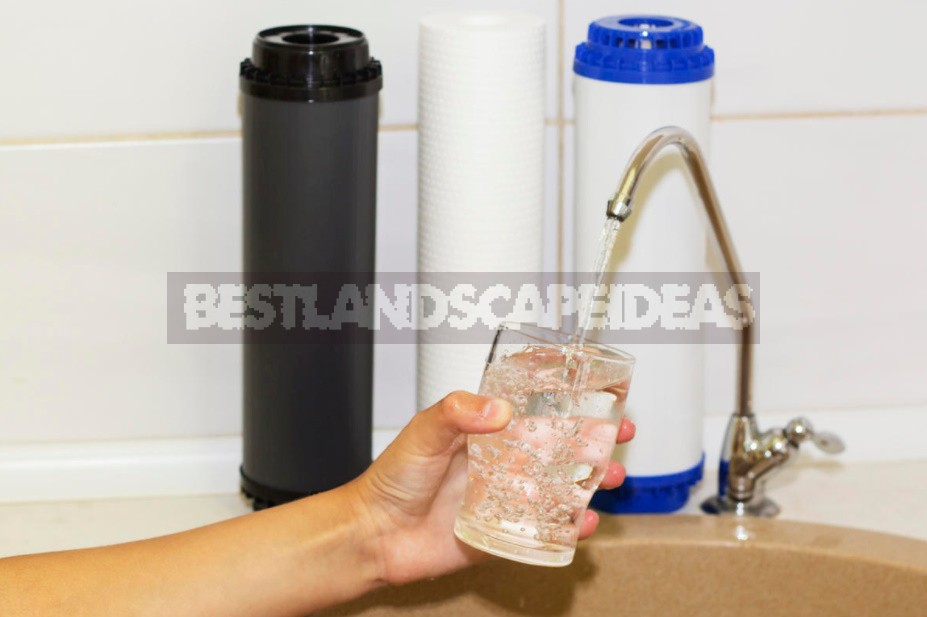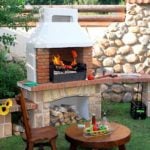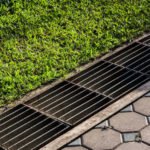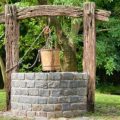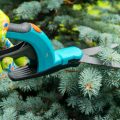Drinking tap water is dangerous nowadays: it can contain not only various harmful substances, but also pathogenic microorganisms. It is better to worry about buying a filter in advance, but you need to choose it wisely.
The range of devices for water filtration today is very wide, however, there are not so many basic types.
Pitcher type filters
The simplest devices that are affordable and do not require special maintenance. They are a transparent plastic jug consisting of two sections: the upper one – for a set of tap water and the lower one – for water already filtered. The filter itself is screwed into the bottom of the upper compartment.
The life of the cartridge is approximately 300 liters (79 gal). The main advantages are small dimensions and low cost, for which you can get a reliable device that provides the owner with more or less clean drinking water.
Among the disadvantages, we can note a low degree of purification (80-120 microns) and a small volume of storage capacity.
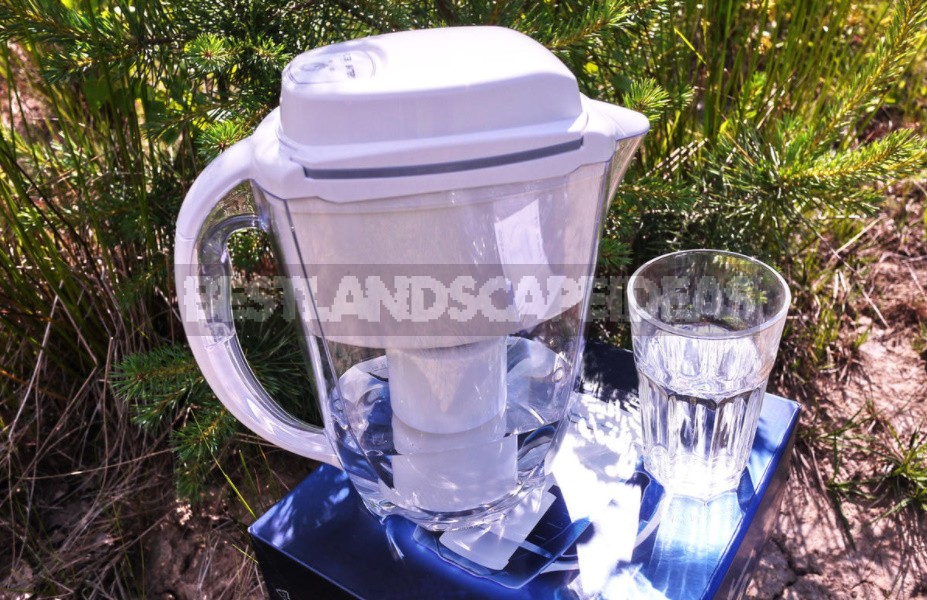
Filter Attachments
Filters of this type must be screwed to the water tap. These are inexpensive devices that you can take with you on vacation or business trip if you want.
Unfortunately, their performance is low – about half a liter or a liter (0.13-0.26 gal) per minute. The advantages include compactness and, again, affordability.
There are not many disadvantages, but they are significant. So, to collect filtered water, you need to purchase a separate container. And the quality of filtering still leaves much to be desired.
Flow Filters
Such installations consist of several modules, each of which is one of the stages of cleaning. For example, the first module performs pre – filtering, the second – additional, deeper, and the third – finishing. All components are mounted under the kitchen sink. The delivery package usually includes a separate crane.
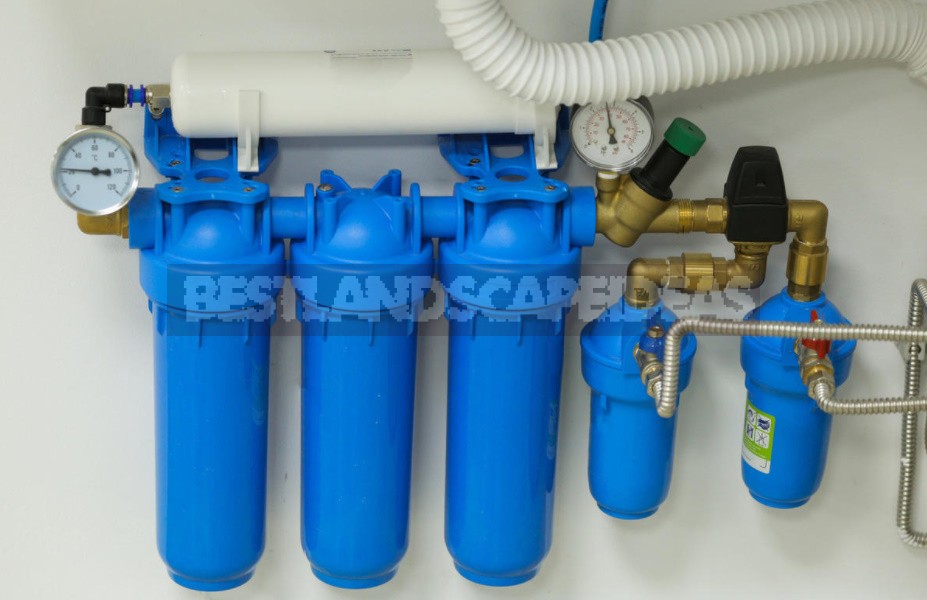
Similar multi-component systems are also used in country houses. In this case, the filters are selected based on the chemical analysis of the sample taken from the well.
Among the obvious advantages – really deep water purification (1 microns) and simple maintenance: the filters are replaced only once a year. However, such equipment is much more expensive. Another disadvantage is the difficulties when replacing cartridges, which sometimes arise due to the fact that it is not easy to open the module with the filter.
Promising developments
Not so long ago, devices that purify water in innovative ways appeared on sale. To understand how these filters differ from each other, it is necessary to delve into the technological subtleties.
Reverse Osmosis
The process in which a solution is forced under pressure to penetrate a microporous membrane – a filter (osmosis) – in order to reduce its concentration, was previously used only in systems for desalination of seawater, as well as in the medical industry.
Not so long ago, this technique was taken as the basis for the production of high-tech household flow-type filters. The main element in these devices is the reverse osmotic membrane, which has pores with a size of 0.0001 microns. Such a filter is capable of detaining harmful chemical inclusions, heavy metals, and bacteria.
To saturate the water with useful minerals, some devices have special mineralizers.
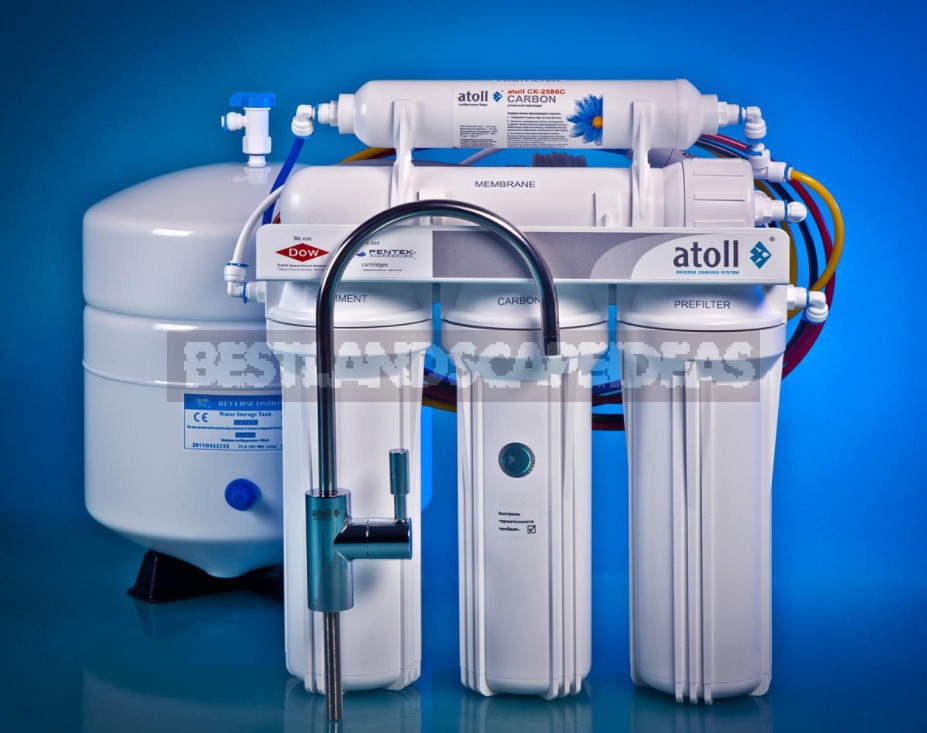
Main filter with non-replaceable cartridge
The device of this type is a fitting with a filter element mounted in the housing. The two main outputs are intended for installation in the water supply system.
Of particular interest is the cartridge-flask with a membrane made of an ultra-thin metal thread, which is covered with a glass shell. The thread is made of strong stainless alloys. The pores formed by it do not pass substances thicker than 1 microns.
In addition, the design of the cartridge includes activated silver, which has decontaminating properties, so that the water is purified from microbes. The filter does not need to be replaced, as it is easily washed: to do this, open the valve located at the bottom. If desired, the device can be equipped with an automatic cartridge flushing system.
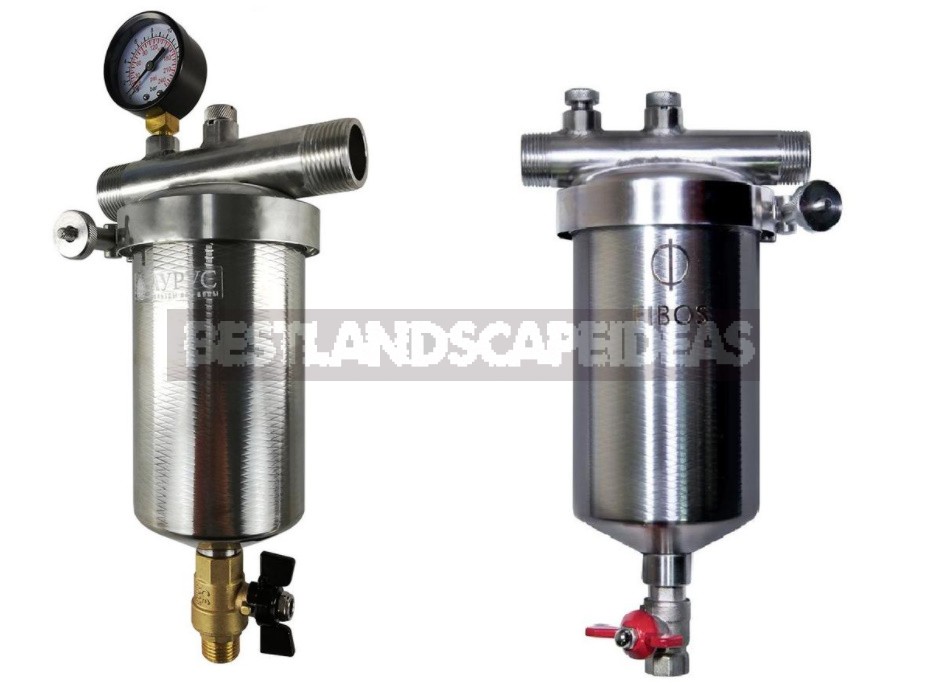
Ozone-sorption
Another technological method of water treatment, which is now used in household water filters. The cleaning effect is achieved by ozonation: exposure to water with ozone causes an oxidative process in harmful organic and inorganic substances.
After preliminary cleaning with a carbon sorbent, the water enters the ozonation compartment, and then – into the ozone-sorption module, where its final filtration takes place.
How do I choose a filter?
Unfortunately, this is not always easy to do. Factors such as the size of the budget, the number of people in the family, personal preferences, and many others things are important.
Pitcher
For those who are not connected by family ties, live alone, and are not burdened with extra money, a filter jug is best suited. In this situation, it makes no sense to spend money on high-performance systems.
When choosing, you should pay attention not only to the cost of the jug itself, but also to the cost of the cartridge. Usually, the cheaper the storage tank, the more expensive the replacement filter designed for it. For this reason, you should not buy the cheapest models of pitchers.
The container should have thick walls made of strong transparent plastic and have no smell.
The Nozzle
This type is ideal for those who often move or, having a small kitchen, do not want to get involved with oversized devices. The models differ markedly in both price and resource. Preference should be given to filters that are able to clean at least 1000 liters (264 gal) before the next replacement.
It is good if such an aggregate will have a mode switch “with filtering”, “without filtering”. Also useful is a calendar that reminds you that it’s time to change the cartridge. The desired output is from 0.5 l/min (0.13 gal/min).
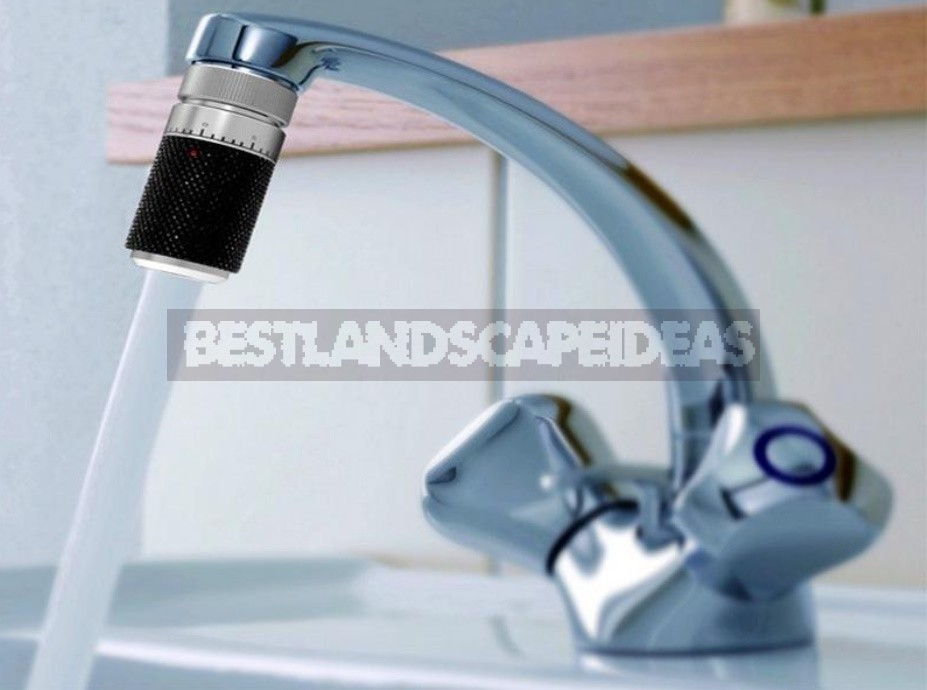
Flow-through
The device of the flowing type is usually purchased by families with young children, as well as those who want to use really clean water and are ready to pay for it not too budget amount.
First of all, you need to pay attention to the number of filter modules. The more of them – the better, because each module is one of the stages of cleaning. The most efficient systems are equipped with five filter modules. The exception is fine filters with a permanent cartridge, which is always one.
The performance and resource of the flow filter is selected depending on how many consumers will use it. For large families (from 5 people), devices with maximum characteristics are recommended. All calculations can be based on the fact that an adult drinks 2-3 liters (0.5-0.8 gal) of water a day.
